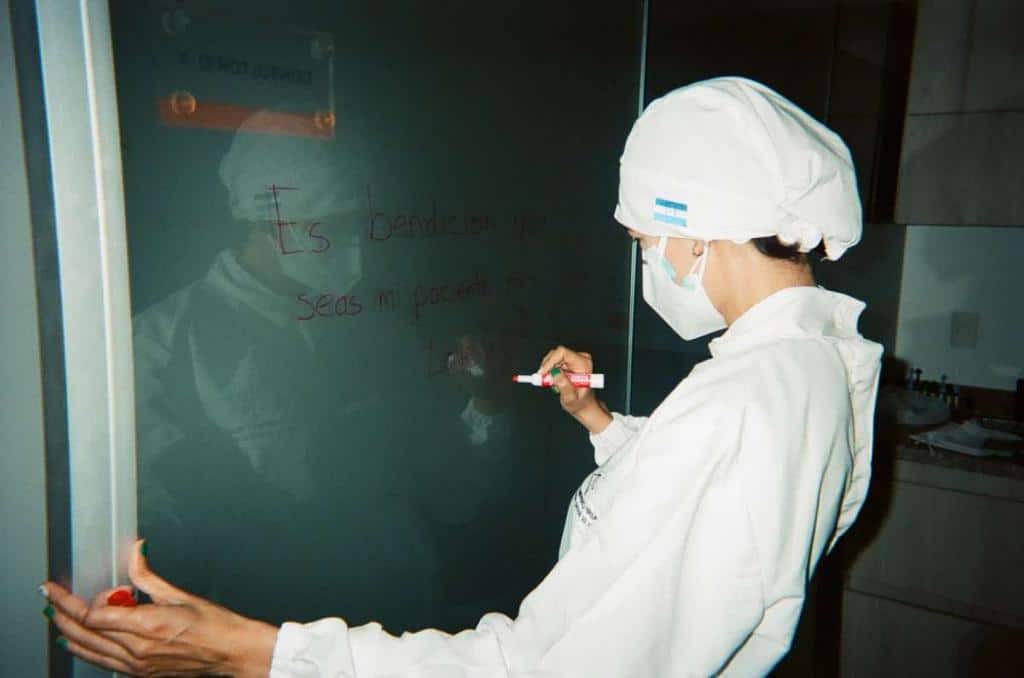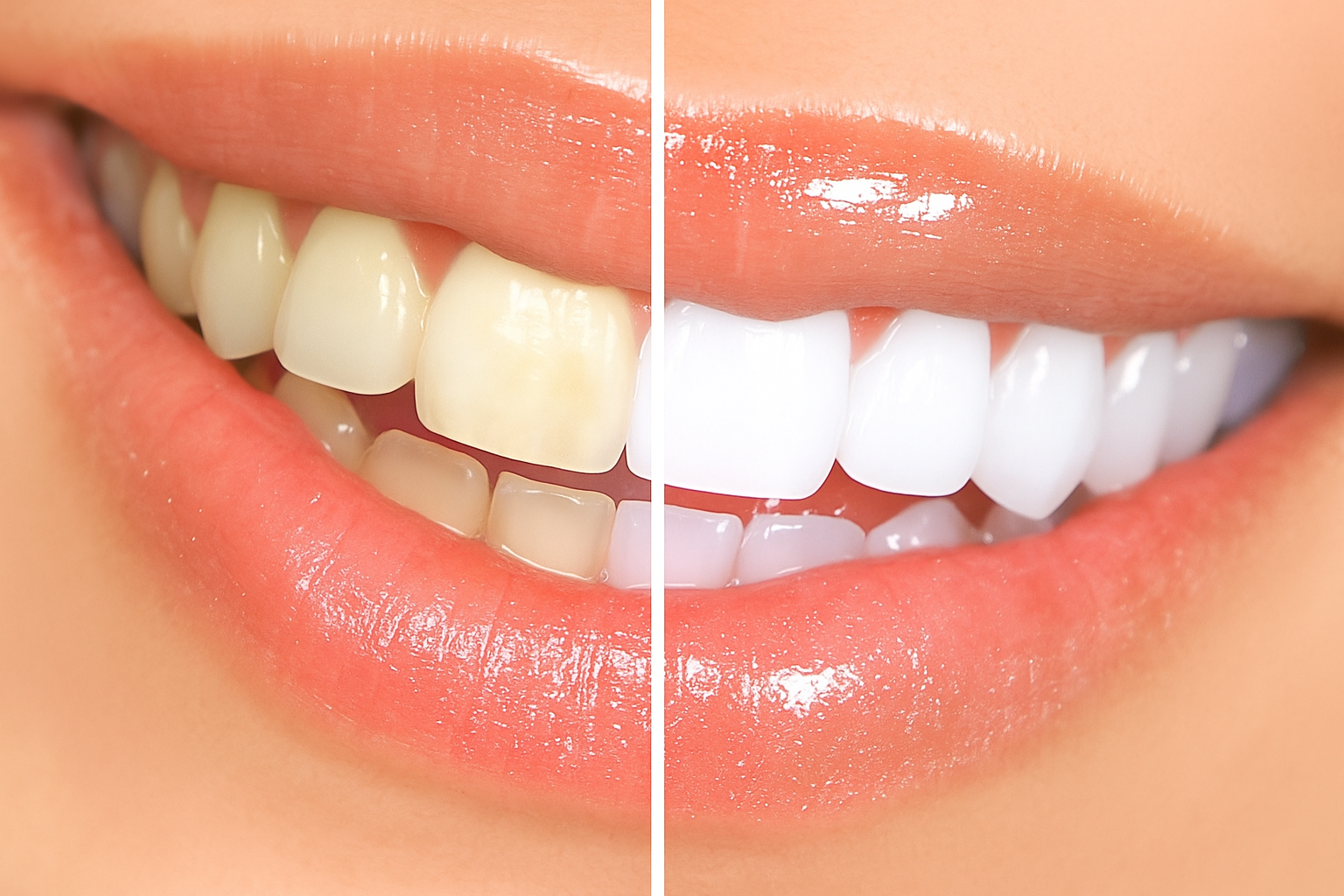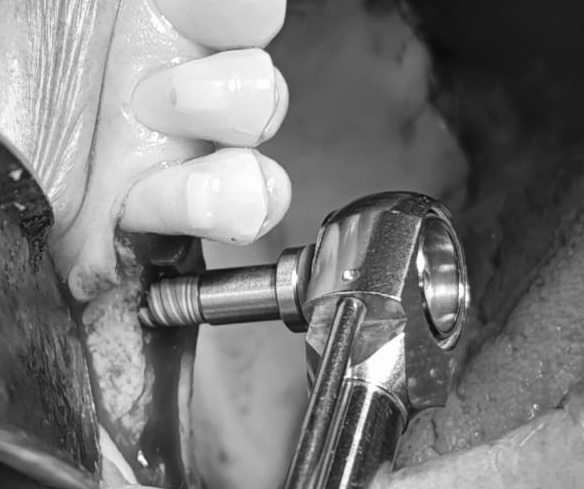Valuation

One of the moments I enjoy most as a dentist is the evaluation consultation. It’s the first step in your care. It allows me to get to know you, understand your needs, and begin creating a personalized treatment plan.
During this consultation:
- I will ask general questions about your oral health, expectations, habits, diet, etc., all with the goal of getting to know you and completing your medical history for a personalized treatment.
- I will perform a clinical examination of your teeth, gums, and soft tissues.
- In most cases, I also perform a dental cleaning (scaling and prophylaxis). Why? Because it allows me to examine your teeth without plaque, which is essential for an accurate diagnosis.
To complement the treatment plan, I may request additional tests such as x-rays or refer you to another specialist. From here, we begin a journey toward conscious and personalized dental care.
Preventive Dentistry

Prevention is one of my passions! Take care of your dental health before problems arise — and treat existing ones as early as possible.
The first step in prevention is assessing risk factors. Identifying these is essential for effective, personalized treatment for each patient. This approach considers social, medical, behavioral, and dental backgrounds.
- Early diagnosis and regular check-ups.
- Personalized education on hygiene and dental care products
- Nutritional and dietary guidance
Preventive dentistry isn’t just for children. It’s a powerful tool to protect your oral health at every stage of life.
Non-invasive management of Dental Caries

For many years, dentistry followed a mechanical approach: if you had cavities, the solution was to drill and restore the tooth — often with an aggressive method known as "extension for prevention."
Today, modern operative dentistry proposes something different: treating cavities with a conservative approach that preserves as much of the natural tooth structure as possible. conservativewhile preserving the most of the natural tooth structure.
So, what does minimum intervention mean?
- Early diagnosis and assessment of individual risk levels.
- Guidance on habits, hygiene, nutrition, and fluoride use.
- Use of biomaterials that stop or remineralize the lesion.
- Restorative treatment only when absolutely necessary.
Are you afraid of the noise from the turbine (the “drill”)? Don’t worry! It’s a useful tool for us, but it’s being used less and less each day. How often it’s needed depends on how well you care for your teeth.
Dental Aesthetics

Just because I believe in natural and conservative dentistry doesn't mean I don't perform aesthetic treatments. I may be a little bit vain, but I genuinely appreciate the beauty and value of a healthy self-esteem — and one of the best ways to enhance it is through a confident smile.
In my practice, I aim for natural results that respect each patient’s dental and facial anatomy. I don’t promote artificial smiles or unnecessary treatments.
What treatments are offered in this area?
- Aesthetic restorations using high-quality resin
- Teeth whitening
- Functional and natural smile design
- Correction of shape, color, or size with minimal intervention
- Porcelain dental veneers
Smile design

The smile design is not a one-time treatment or standard, but a process comprehensive and personalized. It is a set of treatments that will take us to improve the dental aesthetics and facial.
Each person needs something different. Sometimes the change is subtle details: a clearance, or just restore an edge. Other times it requires more intervention wide.
My own path was like this:
First of all I had to align my teeth for aesthetics and occlusion, so I had to go to an invisible orthodontics. One of the best investments I have made!
Then I made a dental bleaching.
Finally I polished some of the details with edges in resin in worn teeth. I placed veneers because I was satisfied with the shape, color, and size of my teeth.
Then, you can include smile design?
- Orthodontics
- Dental bleaching
- Aesthetic restorations in resins
- Veneers porcelain
- Correction of edges and shapes dental
- Application of botulinum toxin (botox)
One of the most important points at the time of giving you a smile design is to find a specialist that is aligned to your own concept of beauty. If you want something, busquémoslo in the right place.
Teeth Whitening

Who doesn't want whiter teeth? It's one of the most sought-after aesthetic treatments and one that often comes with high expectations. This procedure can be part of a comprehensive aesthetic plan or performed as a standalone treatment.
¿How does it work?
- First, a clinical assessment is performed to rule out injuries, cavities, or other underlying conditions.
- A color assessment and reference photo are taken.
- There are two main whitening techniques: in-office or at-home (supervised).
- Some adjustments in hygiene and nutrition may also be recommended.
I love it when the results are natural and subtle, always respecting the integrity of the enamel.
Oral Rehabilitation

Oral rehabilitation focuses on restoring function and aesthetics in cases of wear, damage, or the loss of one or more teeth.
Each case requires a personalized treatment plan, which may include restorations, crowns, inlays, onlays, and, in some situations, dental implants.
My approach is always conservative, functional, and aesthetic — tailored to each patient’s needs. I only recommend treatments that are truly necessary.
Dental Implants

Did you lose a tooth and don't know how to replace it? The option to wear the neighboring teeth is a thing of the past! The dental implants they are a fixed solution and safe to replace these missing teeth.
What does the process involve?
- The first step is a surgical procedure in which the implant is placed and integrated into the bone.
- The second step is restoring the tooth with an aesthetic and functional crown.
We work in conjunction with board-certified specialists to ensure accurate diagnosis and precise treatment planning.
Not all patients are candidates for implants, which is why a comprehensive evaluation is essential to determine the best options for you.
Other specialties

I never work alone. A part of my team always includes the patient and other trusted specialists.
To design a comprehensive treatment plan, I rely on colleagues who are experts in areas such as periodontics, surgery, or endodontics. We work as a team, maintaining constant communication to ensure precise, coordinated care — always aligned with your health goals.
Your smile deserves thoughtful planning, not a rushed solution.